- Have any questions?
- +86-189 8930 5995
- sales@mosinterchem.com.cn
Lead Oxide CAS 1335-25-7

Methyl disulfide CAS 624-92-0
24/12/2018
Freon CAS 11126-05-9
24/12/2018| Model: | MOS 1335-25-7 |
| Brand Name: | MOSINTER |
| CAS No.: | 1335-25-7 |
| Molecular formula: | OPb |
| Molecular weight: | 223.2 |
| Melting point: | 886 °C(lit.) |
| Density: | 9.53 |
| Boiling point: | 1470 °C |
| Vapour pressure: | 10 mm Hg ( 0 °C) |
| Refractive index: | 2.67 |
| Form: | powder |
| Color: | yellow |
Lead Oxide(CAS: 1335-25-7)
| Item | Index |
| Lead oxide(as PbO2) % | 99.3 |
| Metal lead(as Pb) % | 0.1 |
| Lead peroxide(as ) % | 0.05 |
| Insoluble matter in nitric acid % | 0.1 |
| Moisture % | 0.2 |
| Ferric oxide(Fe2O3) % | – |
| Copper oxide (as CUO) % | – |
| Fineness, %
(residue on 180mesh sieve) |
0.2 |
Lead(II) oxide, also called lead monoxide, is the inorganic compound with the molecular formula PbO.
PbO occurs in two polymorphs, one litharge having a tetragonal crystal structure and the other massicot
having an orthorhombic crystal structure. Modern applications for PbO are mostly in lead-based industrial
glass and industrial ceramics, including computer components.
Applications
The kind of lead in lead glass in normally PbO, and PbO is used extensively in making glass. Depending on
the glass, the benefit of using PbO in glass can be one or more of (1) increasing the refractive index of the
glass, (2) decreasing the viscosity of the glass, (3) increasing the electrical resistivity of the glass, and (4)
increasing the ability of the glass to absorb X-rays. Adding PbO to industrial ceramics (as well as glass)
makes the materials more magnetically and electrically
inert (raises the Curie temperature) and is often used for this purpose. Historically PbO was also used
extensively in ceramic glazes for household ceramics, and it is still used, but not extensively any more.
Other less dominating applications include the vulcanization of rubber and the production of certain
pigments and paints. PbO is used in cathode ray tube glass to block X-ray emission, but mainly in the
neck and funnel because it can cause discoloration when used in the
faceplate. Strontium oxide is preferred for the faceplate.
The consumption of lead, and hence the processing of PbO, correlates with the number of automobiles
because it remains the key component of automotive lead-acid batteries.
Niche or declining uses
A mixture of PbO with glycerine sets to a hard, waterproof cement that has been used to join the flat glass
sides and bottoms of aquariums, and was also once used to seal glass panels in window frames.
It is a component of lead paints.
In powdered tetragonal litharge form, it can be mixed with linseed oil and then boiled to create a weather-resistantsizing
used in gilding. The litharge would give the sizing a dark red color that made the gold leaf appear warm and lustrous,
while the linseed oil would impart adhesion and a flat durable binding surface.
PbO is used in certain condensation reactions in organic synthesis.
You must be logged in to post a review.

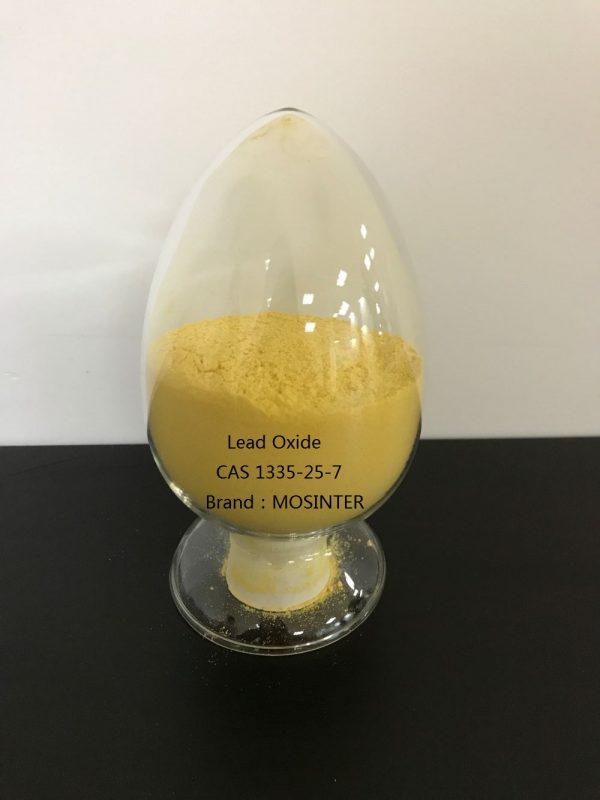
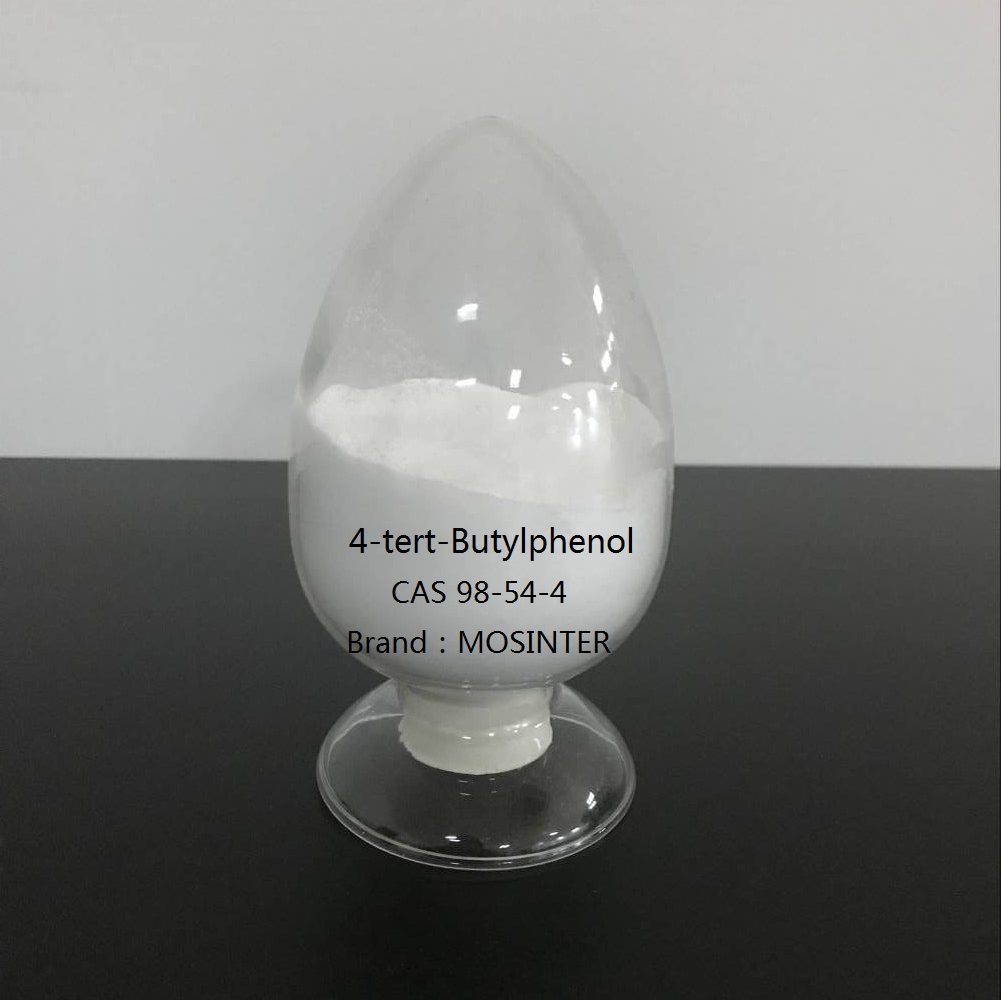
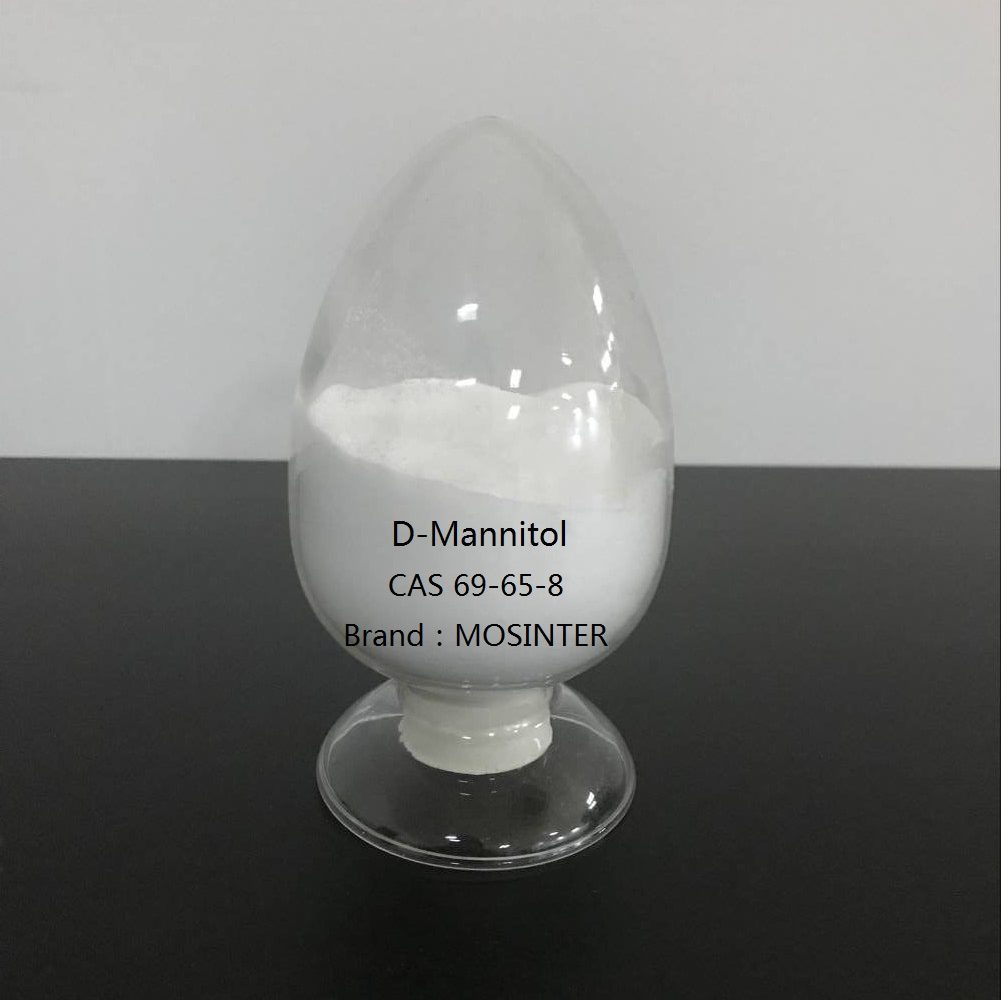
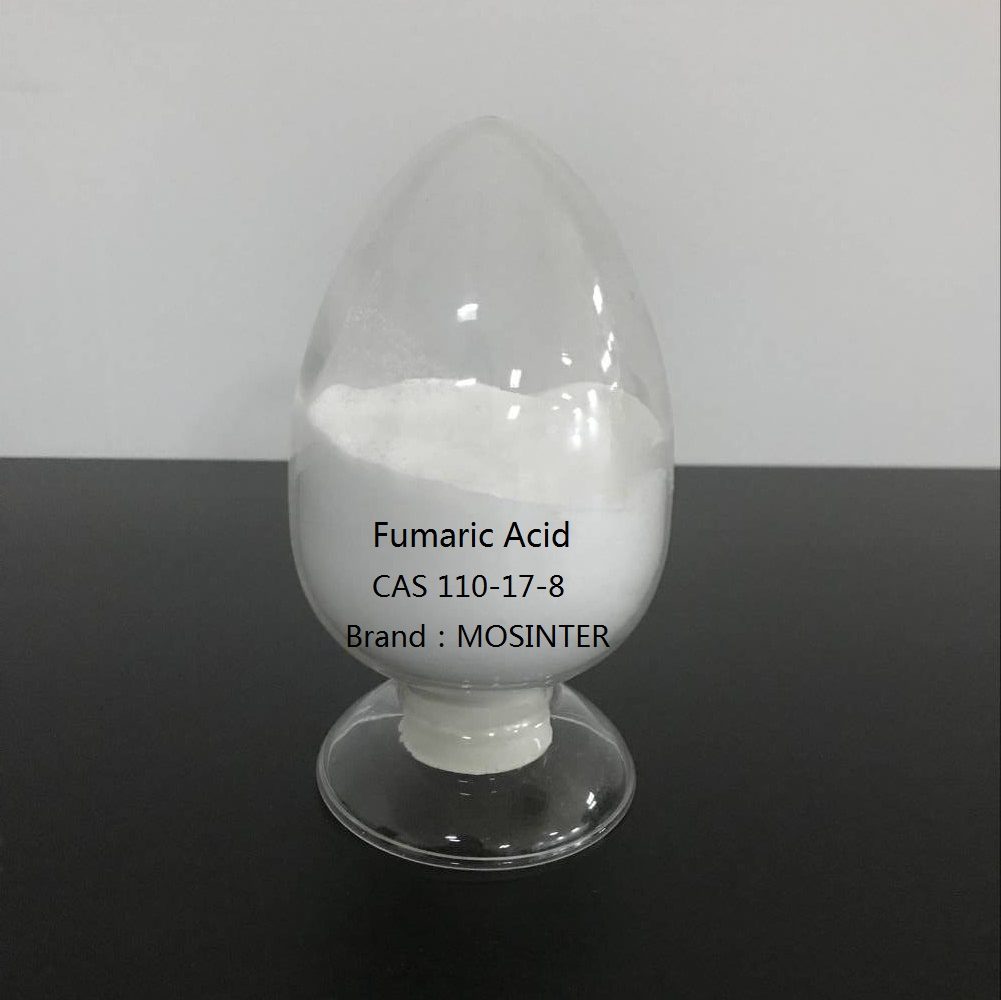
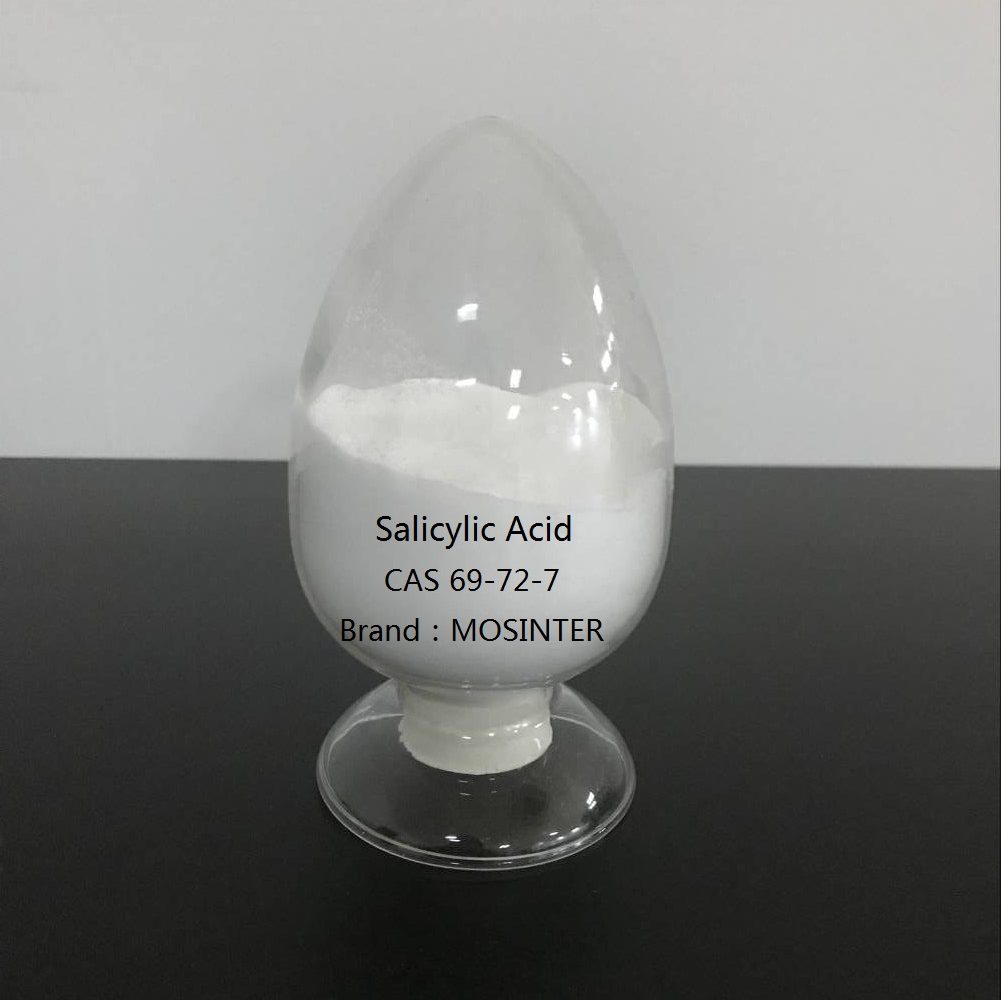
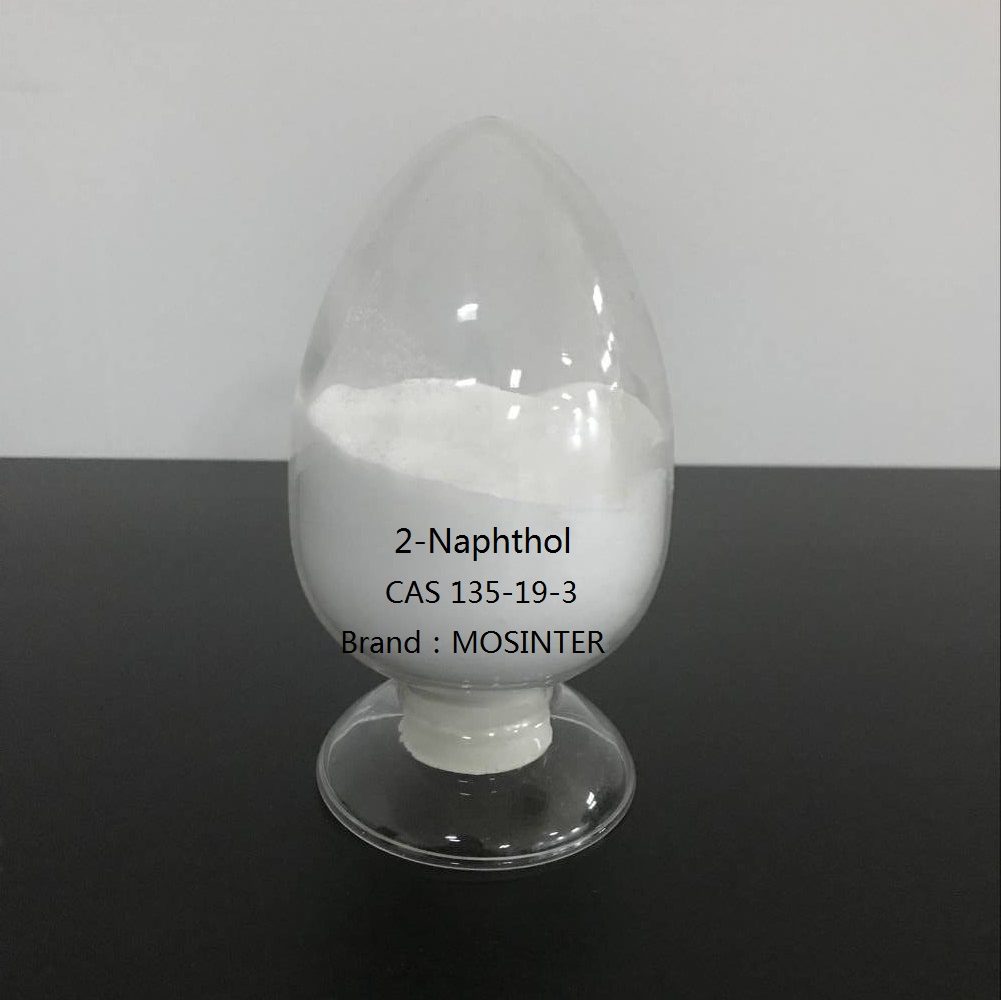
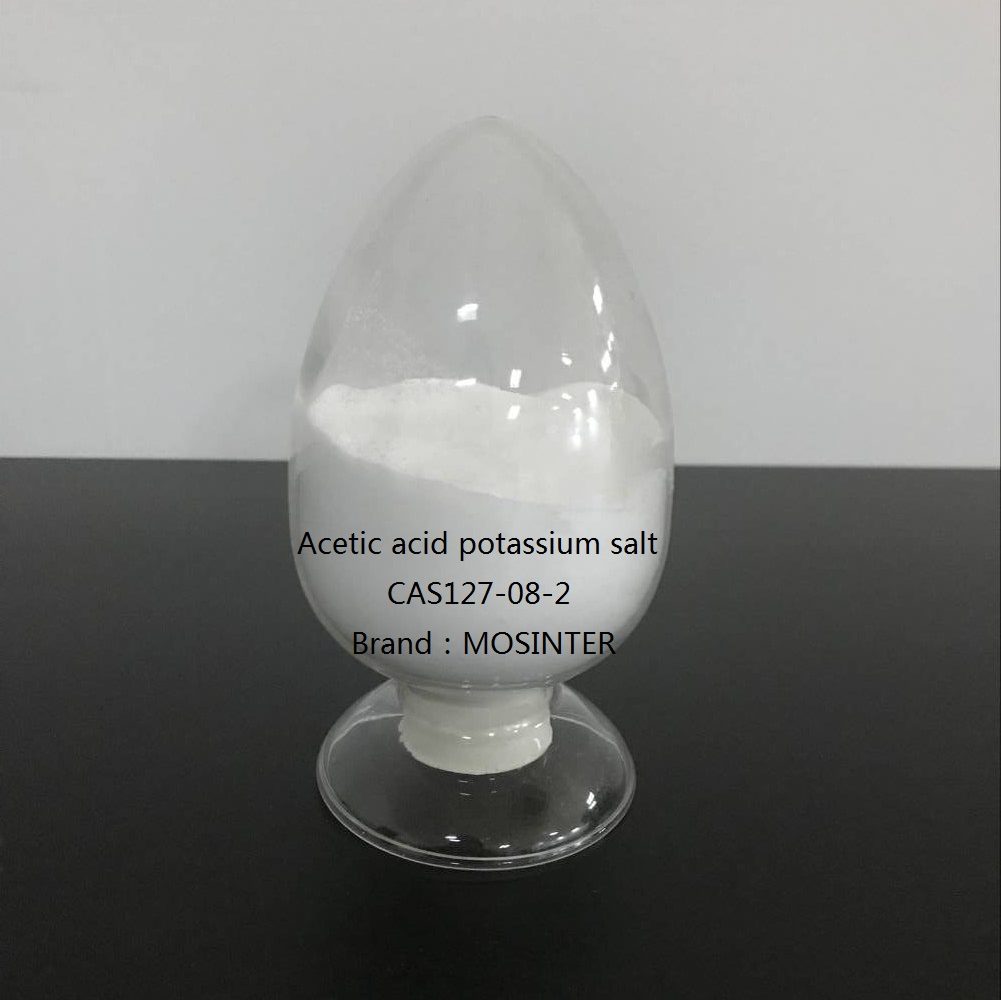
Reviews
There are no reviews yet.